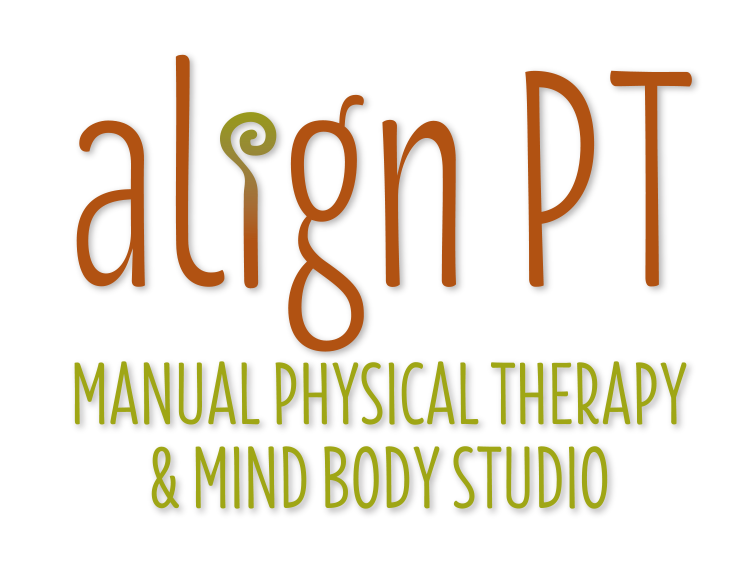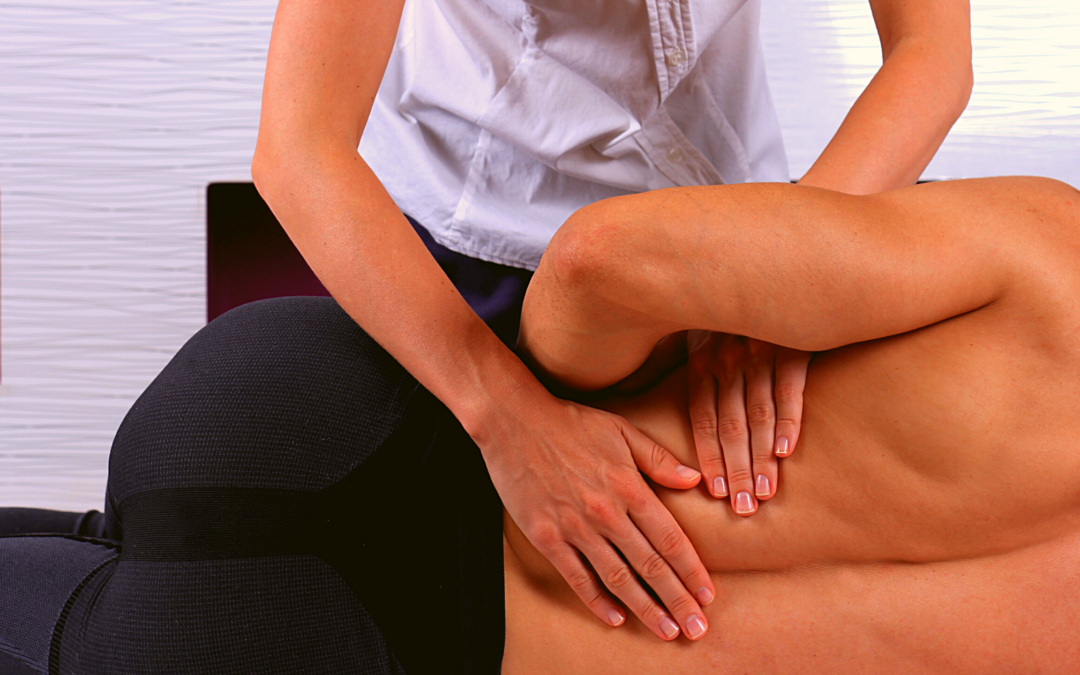by Michele Forsberg PT, MS.
I hear lots of questions about our manual approach to physical therapy. I wanted to address them, clear the confusion, and educate patients on how manual physical therapy benefits long-term healing.
Much of the confusion comes from people’s experiences with physical therapy outside our practice. Patients often tell us that they’ve previously been to other PTs and were mainly assigned a litany of exercises. The physical therapist they visited did not really use any “hands-on” or manual techniques with the patient. Though this may be beneficial in some circumstances, we have found that hands-on treatment provides a much deeper sense of healing than can be affected through strengthening and stretching alone.
Our physical therapists are trained in a variety of manual therapy modalities to help release restrictions. With our hands, we alter tissue extensibility/flexibility in joints and soft tissue. This includes muscles, fascia, connective tissue, scar tissue, ligaments, organs, lymphatic vessels, nerves, and the cranium.
Manual therapy can decrease inflammation, and pain responses. It gives your body and nervous system valuable feedback in order to make lasting changes.
Is Manual Physical Therapy Massage?
No, it’s not massage. Though we perform soft tissue release, there is way more to what we do as physical therapists.
If you have a stuck joint, we’ll provide gentle oscillations to release the restriction, or muscle energy techniques to allow muscle contractions to reset the joint. Our therapists also use scar tissue/adhesion techniques; for example, on C-section scars, one of the biggest offenders affecting pelvic organ mobility.
One of my favorite techniques is mobilization with movement; where the therapist mobilizes the spine or pelvis while the patient simultaneously moves the body. It’s like an interactive partner dance! Other mobility techniques that we include in our repertoire are assisted or resisted range of motion exercises. We can even release your dura (the deep connective tissue surrounding your brain and spinal cord). Along with the dura, our PT’s utilize gentle nerve mobilizations, glides or stretches.
Get the idea? As experts in whole body evaluation, we figure out what structures are in need of assistance and use the many tools in our “manual therapy toolbox” (with hands and skill) to get it done. There are so many things we could do to facilitate healing in your body!
You Can’t Strengthen A Muscle You Can’t Find.
If muscles anywhere in your body are in constant states of spasm and restriction, you won’t be able to activate and strengthen properly. It can affect other body parts in a chain event. Manual techniques are an amazing way to help you connect more deeply with your body.
For instance, many people have difficulty accessing or feeling their pelvic floor muscles, especially after childbirth or surgery in that area. Through gentle internal pelvic manual therapy, vaginally or rectally, we can help relax the tissues. Our hands-on cues bring you more kinesthetic awareness of your pelvic muscles and organs which aids in restoring bowel, bladder, and sexual function.
“Did you learn this in PT school?”
Our clients, often ask this question. They are fascinated by the work and want to know how we learned all of this. And though we did glean a little bit of manual therapy training in PT school, the majority of our training has been attained over hundreds and hundreds of hours of continuing education, extra study over many years, and clinical experience of course. Our therapists have honed their skills in a variety of specialized techniques that were derived from osteopaths and pioneers in the field of manual therapy.
Training
These are a few of the many institutions we’ve learned from throughout our careers. We’ve studied with the Barral Institute for Visceral and Neural Manipulation, Barnes Myofascial Release, The Upledger Institute, The Institute of Physical Art, Diane Lee’s Integrated Systems Model, Herman and Wallace Pelvic Rehabilitation Institute, The APTA Pelvic Health, and The McKenzie Institute to name a few. To learn a little more about some of the techniques we use, go to our manual therapy page.
Putting it all together
When you present to us with pain in one area of the body, we know that it’s often generated from another body region. During your first visit, we look at you from head to toe and evaluate what’s happening with your alignment and biomechanics. We need to consider all of your symptoms and movement patterns to figure out the best course of treatment.
Once we get to releasing the restricted tissues, then we can begin adding strengthening and mobility exercises.
Not A Cookie Cutter Approach
No one person is the same, your circumstances may be different from someone with the same symptoms. We customize your course of treatment according to you, your needs, your goals, and what is important to you.
If you are in the Longmont/Boulder/Denver Metro area, you can chat virtually or in person for Free! Book online or give our office a call to set it up, 720-204-6546.
Do You Live Outside The Longmont Area?
We do have clients who come to us from as far as the mountains in Vail and other states for intensive treatments but If you can’t get here in person, we recommend finding yourself a good manual physical therapist in your area to evaluate you for any of your aches and pains, whether back, knee, pelvis or abdomen, it’s good to find someone who specializes in manual therapy. Ask questions, and find out what kind of manual therapy is offered.

